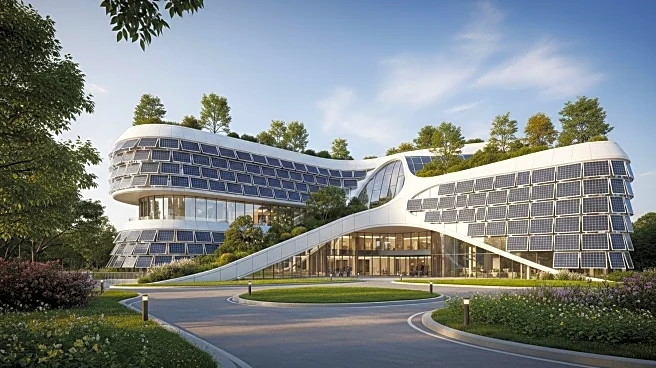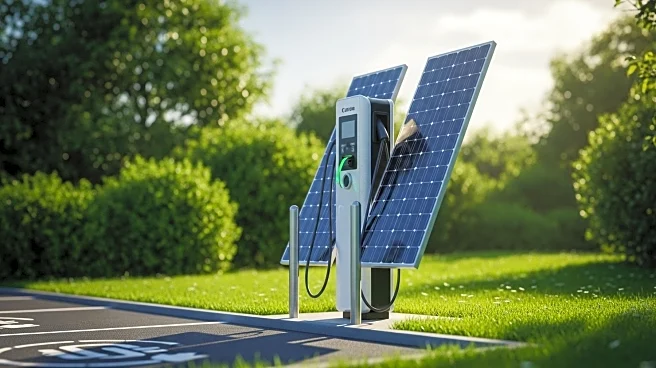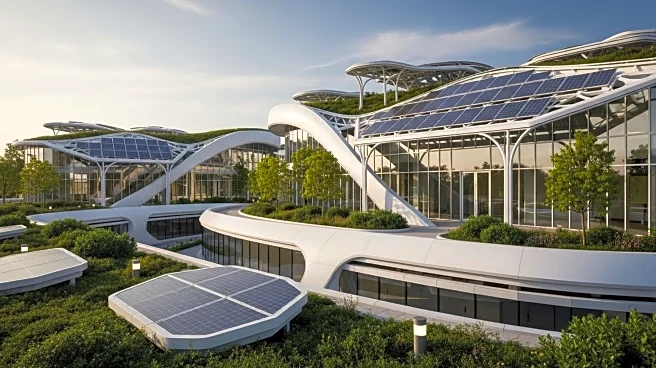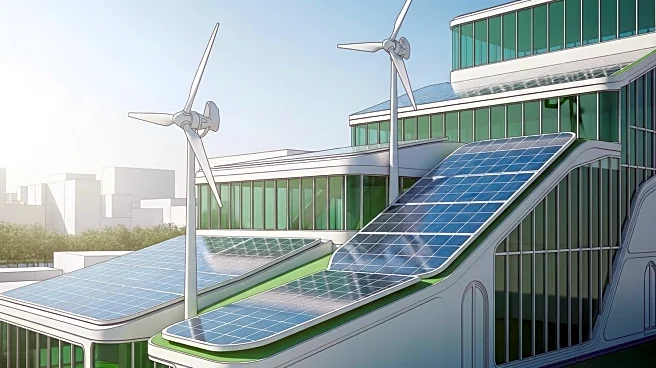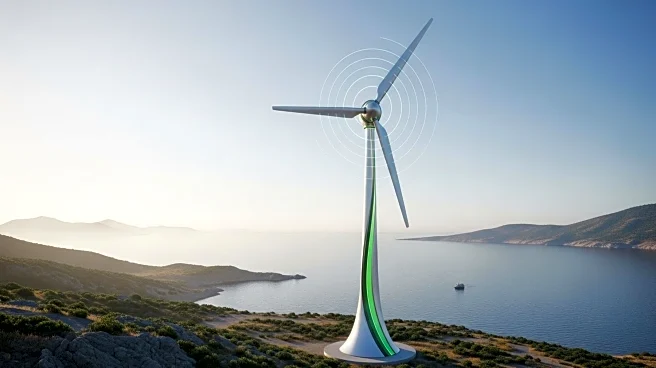What is the story about?
What's Happening?
A report highlights that buildings are expected to account for nearly half of the growth in global electricity demand by 2035. Currently, buildings use about a third of global energy and contribute to 28% of energy-related carbon emissions. The report suggests that smart design, including passive building techniques and energy efficiency innovations, can significantly reduce energy consumption.
Why It's Important?
The anticipated increase in electricity demand from buildings poses a significant challenge to achieving climate goals. Implementing smart design solutions can mitigate this impact, reduce emissions, and enhance energy efficiency. This shift is crucial for sustainable urban development and aligns with global efforts to transition to renewable energy sources.
Beyond the Headlines
The integration of smart design in buildings not only addresses energy consumption but also enhances occupant comfort and well-being. The adoption of biomimicry and innovative construction materials can lead to more resilient and adaptable urban environments.
AI Generated Content
Do you find this article useful?
